Eat these food items to manage bad cholesterol

Cholesterol travels through the blood on proteins called lipoproteins. Two types of lipoproteins carry cholesterol throughout the body. Low-density lipoprotein or LDL is sometimes called bad cholesterol makes up most of your body’s cholesterol.
High levels of LDL cholesterol raise your risk and stroke. High-density lipoprotein or HDL, on the other hand, absorbs cholesterol and carries it back to the liver. The liver, then, flushes it from the body. Meanwhile, high levels of HDL cholesterol can lower your risk for heart disease and stroke.
Eat these food items to manage bad cholesterol
1 | GARLIC
Although more research is needed, there is evidence that garlic can help lower cholesterol. Garlic contains a bioactive compound called allicin. Experts think it contributes to this effect. The cholesterol-lowering effects add to the other reported benefits of garlic. It includes improving immunity, reducing blood pressure, and antioxidant properties.

2 | CORIANDER SEEDS
According to research, coriander seeds have cholesterol-lowering properties. Coriander extract appears to act as a diuretic, helping the body flush excess sodium and water. It may lower blood pressure. Other research also indicates that may help lower cholesterol as well. It protects your heart by lowering blood pressure and LDL while increasing HDL. A spice-rich diet appears to be associated with a lower risk of heart disease.

3 | FENUGREEK SEEDS
Fenugreek is a plant grown in South America, Asia, and the Middle East. Typically ground up into a powder and taken as a capsule, cooks, and chefs also used it as a seasoning. Traditional Chinese and Indian medicine use fenugreek to improve digestive health and increase metabolism. Studies also suggest that fenugreek lower blood sugar levels and reduce heartburn. Evidence points out that fenugreek may improve heart health as it keeps lipid levels within a healthy range.
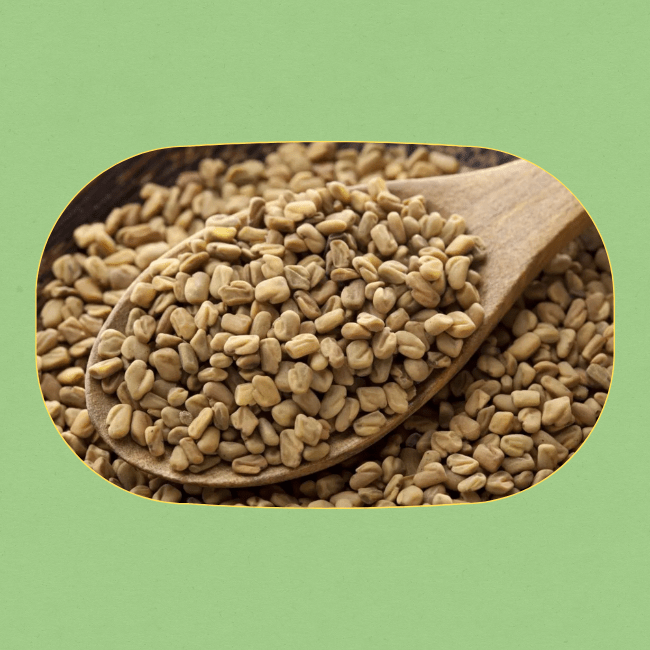
4 | WHOLE GRAIN
Whole grains in your diet bring a variety of health benefits. This includes lower cholesterol, reduced diabetes risk, and better weight control. Whole grains have all three parts of grain in their natural state: the bran, a tough outer shell that contains most of the fiber; the germ, a concentrated source of nutrients; and the endosperm which provides most of the grain’s bulk. Whole grains that help the most with cholesterol include amaranth, brown rice, quinoa, steel-cut oats, wheat berries, and wild rice.
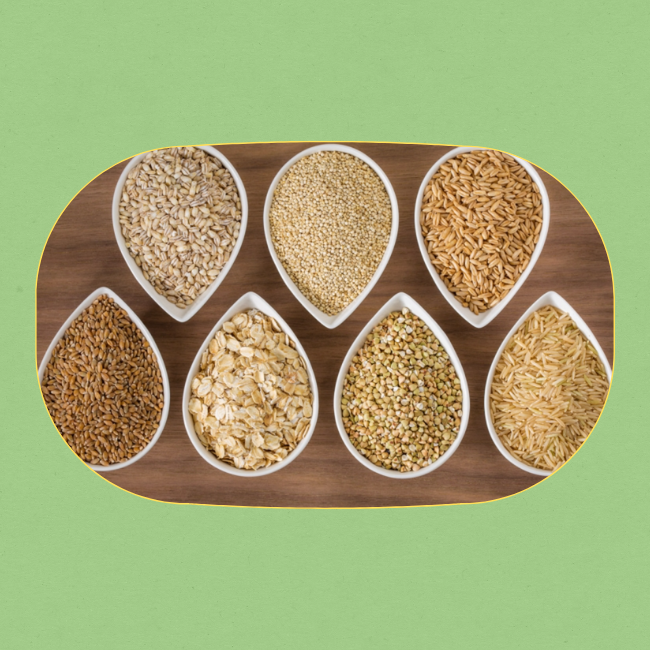
5 | DARK CHOCOLATE
Experts say that you can indulge a little with dark chocolate as it contains flavonoids and antioxidants that help to lower LDL levels. Combining one-third a cup of almonds with almost one-quarter cup of dark chocolate and 2 1/3 tablespoons of cocoa a day can reduce the risk for coronary heart disease. Dark chocolate can significantly reduce the number of LDL. Of course, you have to eat it in moderation, as chocolate remains high in saturated fat and sugar.

6 | AVOCADOS
Avocados contain a large amount of fat. Despite this, adding them to a person’s diet can help raise good cholesterol levels. However, they may not help lower bad cholesterol without additional diet changes. Adding avocados to your diet can have positive health benefits. This, of course, includes raising the levels of HDL. Avocados contain a type of fat known as monounsaturated fat that supports your health.
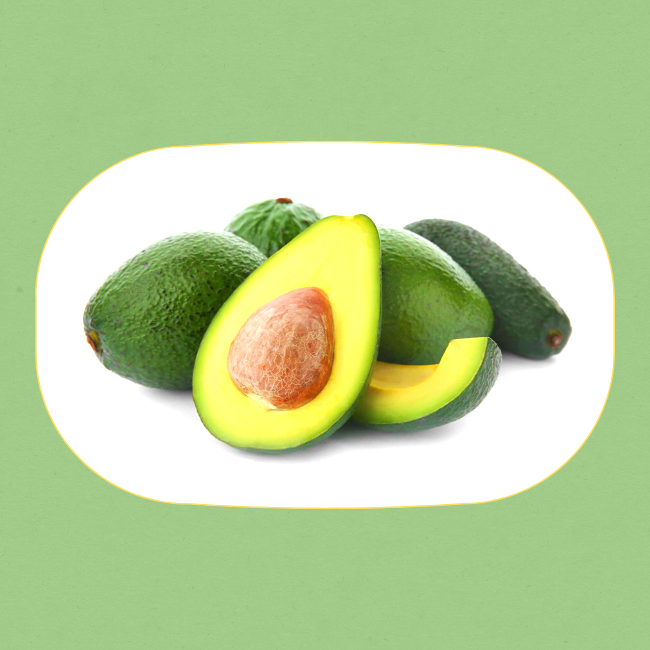
7 | RED WINE
Just as we’ve mentioned, experts say that you can indulge a little – even with red wine. Red wine, in moderation, has long been thought of as heart healthy. The alcohol and certain substances in red wine called antioxidants may help prevent coronary artery disease, the condition that leads to heart attacks. However, any links between red wine and fewer heart attacks aren’t completely understood. Red wine has resveratrol which might be the key that makes red wine healthy for the heart as it helps prevent damage to blood vessels.

8 | BLACK AND GREEN TEA
Research suggests that both green and black tea can help lower cholesterol levels. Green tea comes from unfermented leaves while black tea from fully-fermented leaves of the same plant. Experts also believe that catechins, a type of antioxidant become responsible for their cholesterol-lowering effect. A cup of tea does more than soothe on a stressful day as it can help lowering cholesterol levels. Black tea, on the other hand, has two to three times the caffeine of green tea. So, it would be advisable to look for the decaffeinated form.
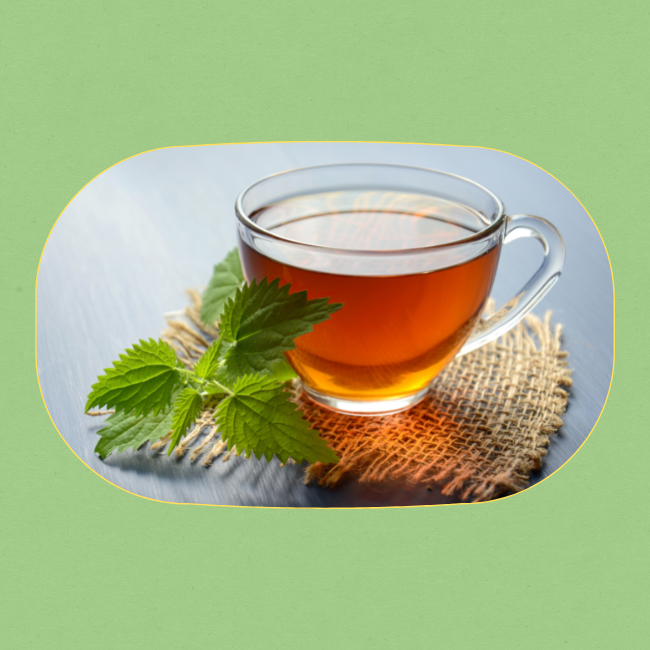
9 | NUTS
As mentioned earlier, almonds help with lowering bad cholesterol. However, those are not the only other nuts that confer benefits. This, on the other hand, includes walnuts, hazelnuts, pecans, pistachios, and peanuts among others. About eighty percent of calories in nuts come from healthy unsaturated fat. These can help reduce your LDL levels. You can sprinkle them on your salad or eat them right out of your hand as a snack.
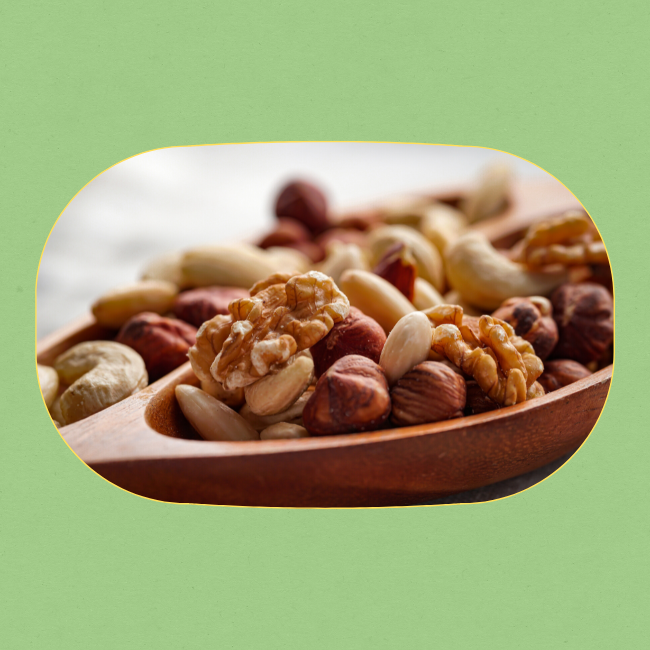
10 | FISH
Not all seafood is created equally. The best in terms of lowering cholesterol includes mackerel, herring, trout, tuna, salmon, swordfish, and halibut among others. Rich in omega-3 fatty acids, it reduces the triglycerides in the blood. Aiming for eight ounces of fish a week, go for baking or grilling the fish instead of frying it to keep it healthy. It reduces blood pressure and the risk of developing blood clots. Experts also recommend eating at least two servings of these kinds of fish every week.
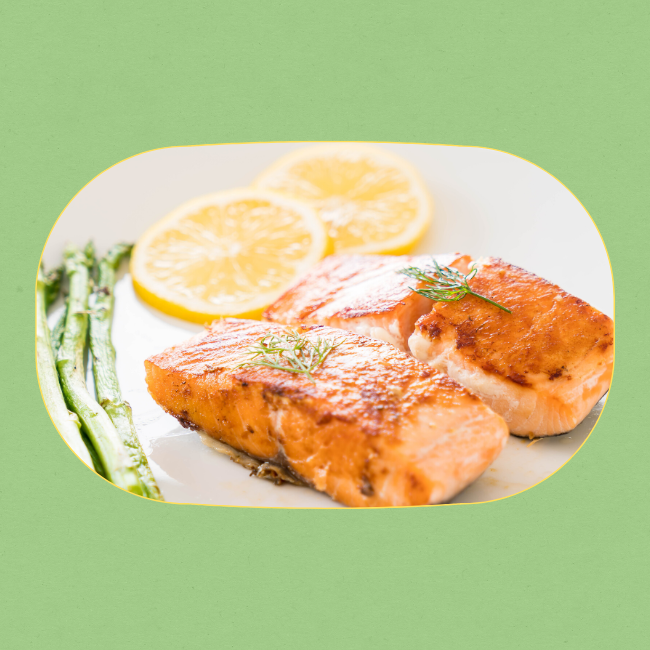
11 | OLIVE OIL
Olive oil is plant-based fat. So, it’s a better choice when trying to lower bad cholesterol than fats that come from animals. Apart from its beneficial fatty acids, it also contains modest amounts of vitamins E and K. It is also loaded with powerful antioxidants that are biologically active and may reduce the risk of chronic diseases. They also fight inflammation and help protect blood cholesterol from oxidation. You can use olive oil in place of other fats in your diet.
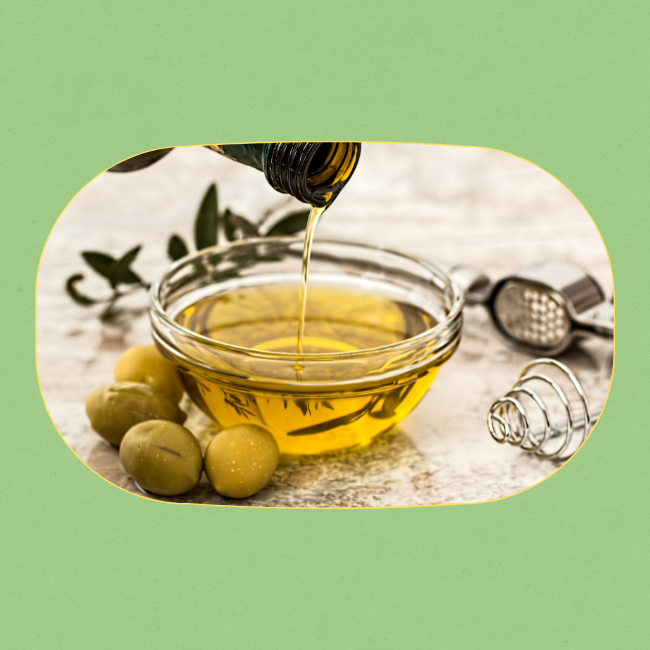
12 | SOY
Soy protein can be a good move if you’re working on improving your cholesterol level. Although the evidence isn’t strong, you can definitely make others changes to your diet to help with your cholesterol. As a good source of protein, fiber, and heart-healthy omega-3s, soy remains a naturally cholesterol-free and low in saturated fat kind of food. Eating soy in moderation should be fine. However, ease into it and see how you do. Although it’s rare, some people have digestion problems when they eat soy.
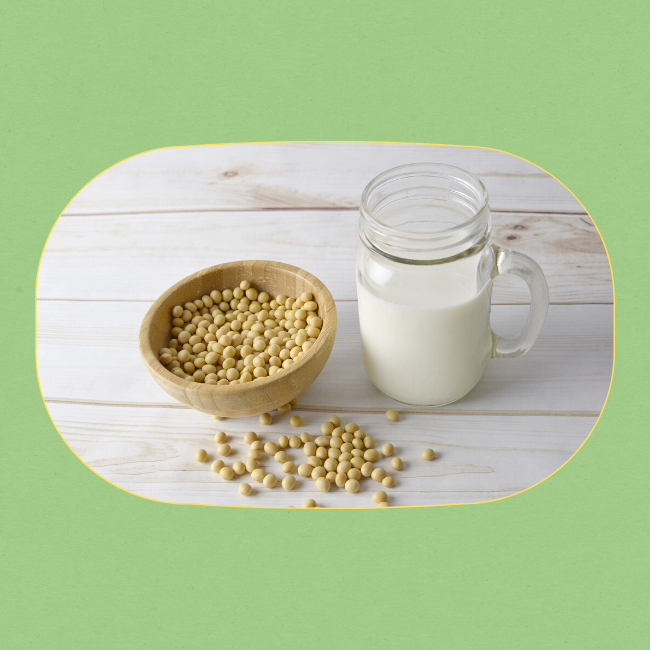
13 | VEGETABLES
Most vegetables are high in fiber and low in calories. Eggplant and okra contain high amounts of soluble fiber. However, any kind of vegetables will give you giber and nutrients that are good for you. Although all vegetables are good for your heart, dark leafy greens are particularly beneficial. These include kale and spinach which contain lutein and other carotenoids, linked to a lower risk of heart disease.
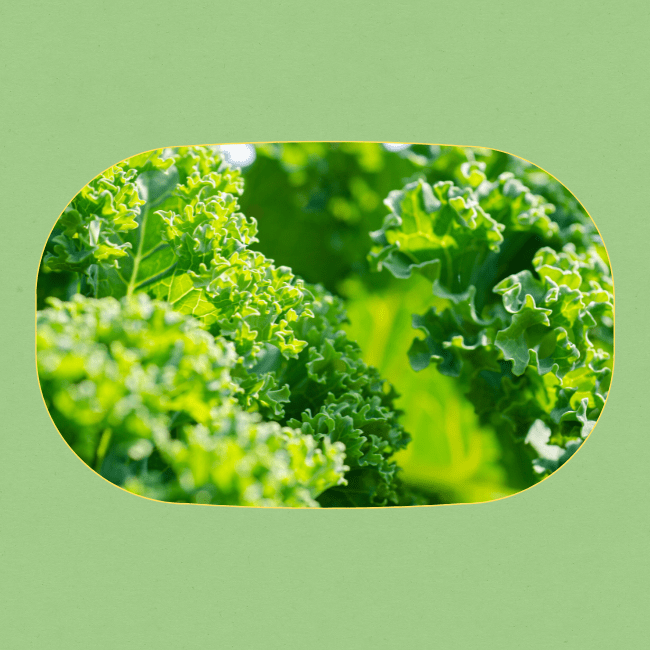
14 | FRUITS
Fruit is an excellent addition to a heart-healthy diet for several reasons. Many types of fruits are rich in soluble fiber. These encourage your body to get rid of cholesterol and stop your liver from producing this compound. One soluble fiber called pectin lowers cholesterol by up to 10%. It’s found in fruits which include apples, grapes, citrus fruits, and berries. Eating berries and grapes, which are particularly rich sources of these plant compounds, can help increase HDL and lower LDL cholesterol.

There are people who suffer from a case of bad cholesterol, simply intaking medicines isn’t enough. It requires a person to become conscious of lifestyle choices. Introducing changes to one’s lifestyle is helpful in dealing with bad cholesterol. Nutritionists suggest that some simple food items improve health conditions.
Angela Grace P. Baltan has been writing professionally since 2017. She doesn’t hesitate to be opinionated in analyzing movies and television series. Aside from that, she has an affinity for writing anything under the sun. As a writer, she uses her articles to advocate for feminism, gender equality, the LGBTQIA+ community, and mental health among others.






